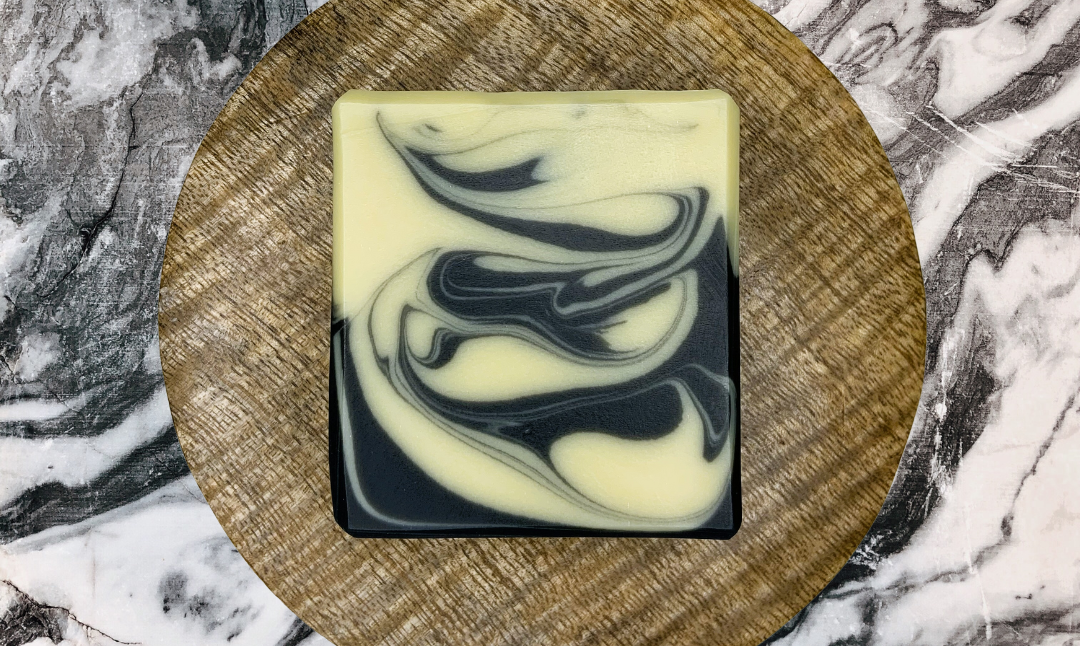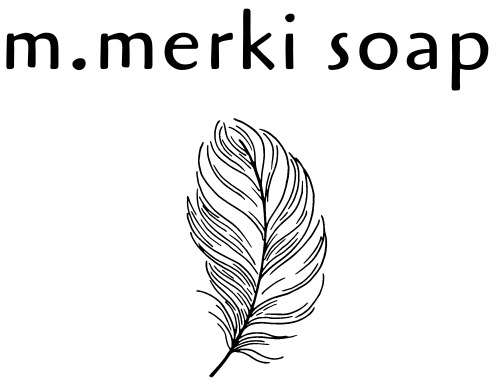
about handcrafted soap
what is a true soap
The humble bar of soap we hold in our hands every day has a rich history dating back thousands of years. However, much of what we commonly consider 'soap' in the modern world is not soap at all.
Consider this ancient recipe, published between the eighth and 10th centuries: 'Spread well-burnt ashes from good logs over woven wickerwork … and gently pour hot water on them so it goes through drop by drop.… After it is clarified well, let it cook.… Add enough oil and stir very well.' The most basic supplies for soap making were derived from animals and nature, where fat reacted with lye - a substance made in ashes through a process called saponification.
Even in modern times, soap makers - especially those in small, artisanal operations like m.merki soap - continue to employ these old techniques. Whether using animal fat or vegetable oil along with lye, these remain fundamental ingredients in soap.
It's important to note that if a product isn't made from oil and lye, it is not, by definition, soap. Many body cleansers, both liquid and solid, are, in fact, synthetic detergent products that have nothing to do with traditional soap
how to care for your handcrafted natural soap
A good bar of soap is a fantastic grooming tool to keep us clean. However, it can be disheartening to discover that the wonderful bar you enjoyed so much in the shower is no longer the same - it's become squishy and mushy. With proper care, your soap can last longer, ensuring you get the best out of it.
First and foremost, handmade soap is a luxury product. Since natural cold-pressed soap lacks harsh preservatives, chemicals, and hardening agents found in commercial bars, it requires a bit of extra care. Handmade soap contains glycerine, which is fantastic for your skin but also attracts moisture. Leaving soap in a pool of water can make it soft and mushy, causing it to melt. To prevent this, keep your soap as dry as possible by using a draining soap dish, keeping it away from the direct stream of water, and allowing it to dry between uses.
Avoid letting your soap sit in a dish or container that collects water, as it can become a breeding ground for bacteria. If you're not using your soap, store it in a cool, dark, and dry place. This helps your soap maintain its hard form and continues the curing and hardening process (similar to aging a good wine - the longer, the better)

